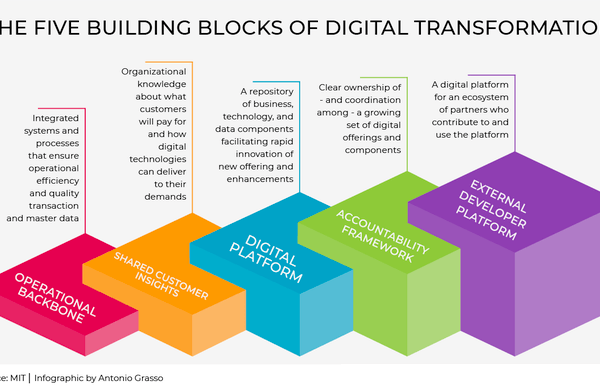Building Change Capability: The Competitive Advantage for 2026
Organisations that invest in change capability are quietly building one of the strongest competitive advantages of the decade. While others struggle with slow adoption and stalled initiatives, companies that treat change as a strategic capability move faster, execute better, and capture opportunities their competitors miss.
As 2026 budgets take shape, three forces are redefining priorities:
-
- Unprecedented change portfolios — Multiple transformations now run in parallel: digital, sustainability, operating model, data, and customer experience.
- Ongoing uncertainty — Markets, regulations, and supply chains continue to shift, demanding more flexible budgets and resilient strategies.
- AI layered on top of digital transformations — Artificial intelligence introduces new potential but also compounds the pace and complexity of change.
Yet despite these forces, most organisations still invest less than 5% of project budgets in preparing, equipping, and supporting their people through change — while more than 95% is allocated to technology and process delivery.
Technology and processes deliver outputs.
People deliver adoption, performance, and outcomes.
Without adoption, even the most sophisticated solutions fail to deliver ROI. When the people side of change is undervalued, bold strategies stall — and the hidden cost of failed transformation far exceeds the investment required to build systematic change capability.
Organisations that embed change management into their DNA — through leadership alignment, sponsorship, change capability building, and consistent communication — turn transformation from a disruption into a differentiator.








